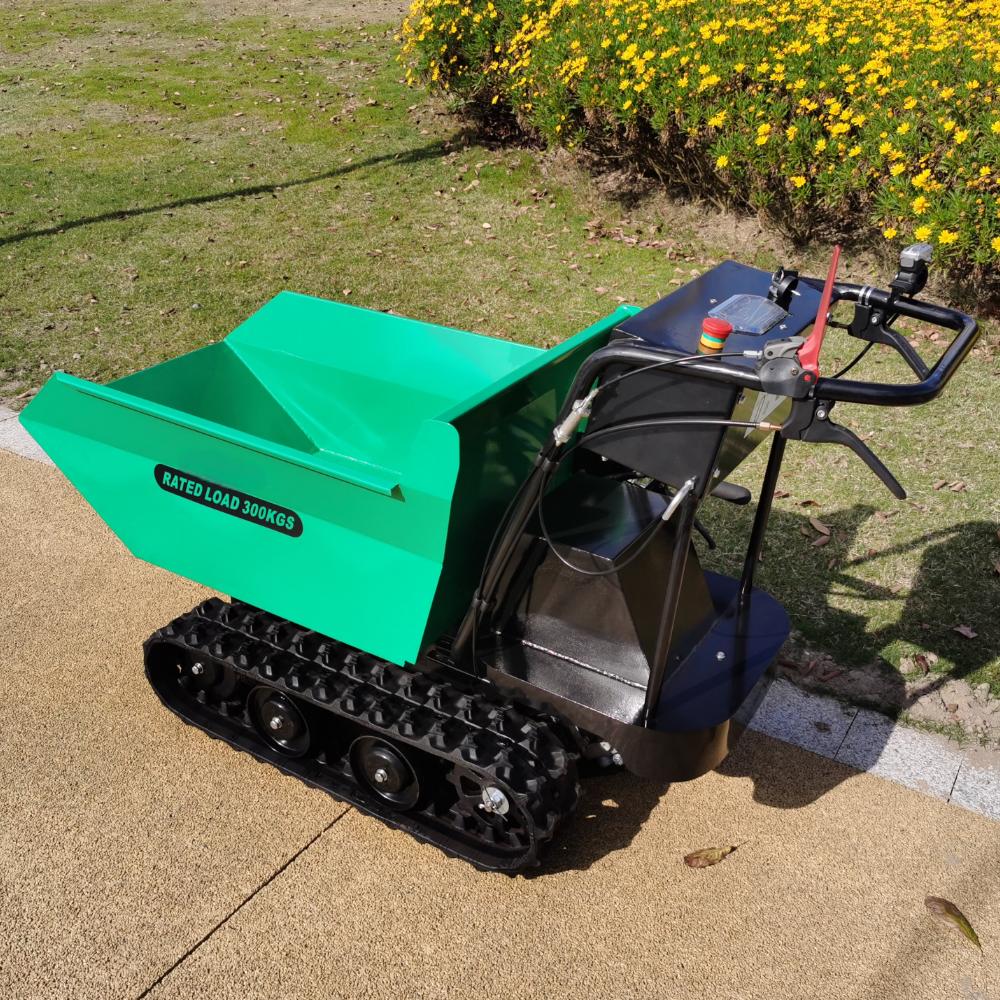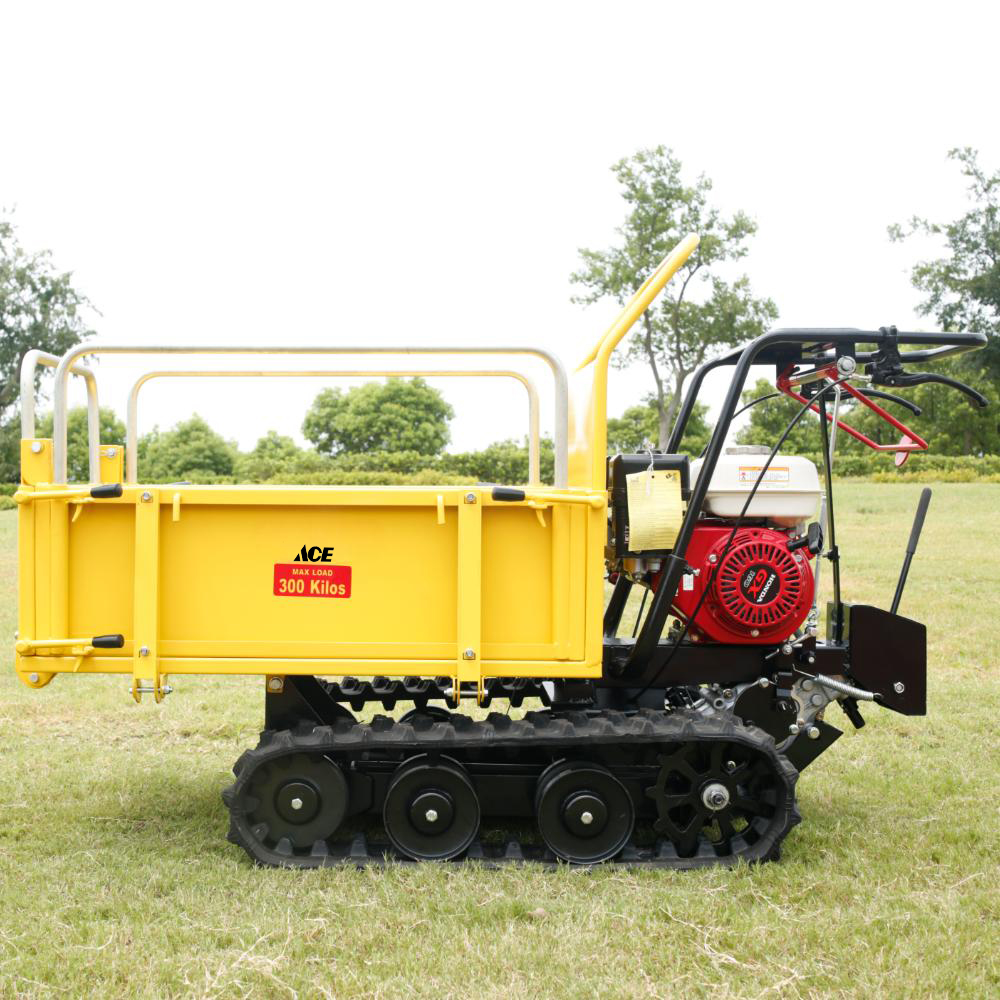
Deciding whether to buy or rent a backhoe is a significant choice for construction professionals. This decision impacts project timelines, budget allocations, and overall operational efficiency. Understanding the nuances of each option ensures that resources are utilized effectively, aligning with both short-term needs and long-term business goals.
Frequency and Length of Use
The duration and regularity of backhoe use play a pivotal role in this decision. For projects requiring consistent, long-term use, purchasing a backhoe may offer better value. Conversely, for short-term or infrequent tasks, renting provides flexibility without the commitment of ownership. Assessing project timelines and future workload is essential to determine the most cost-effective approach.
Capital Costs
Purchasing a backhoe involves a substantial upfront investment, which can strain capital resources. Renting, on the other hand, requires lower initial expenditure, preserving capital for other operational needs. This financial flexibility can be particularly beneficial for businesses managing multiple projects or those with fluctuating workloads.
Maintenance and Operations Responsibilities
Ownership entails ongoing maintenance responsibilities, including regular servicing, repairs, and parts replacement, which can be both time-consuming and costly. Renting shifts these obligations to the rental company, ensuring that equipment is well-maintained and reducing downtime due to mechanical issues.
Equipment Replacement and Technology Needs
Technological advancements in construction equipment occur rapidly. Owning a backhoe may lead to obsolescence, whereas renting allows access to the latest models with advanced features. This ensures that projects benefit from improved efficiency and safety standards without the need for continual investment in new equipment.
Tax Incentives
Ownership may offer tax benefits such as depreciation deductions and potential resale value considerations. Renting, while not providing depreciation benefits, allows for rental expenses to be fully deductible as operational costs, offering immediate tax relief. Consulting with a tax professional can provide clarity on which option offers better financial advantages based on specific circumstances.
Other Factors
Project certainty influences the decision; renting reduces risk in uncertain project cycles. Additionally, the second-hand market offers opportunities to purchase used backhoes at reduced prices. However, it’s crucial to assess the condition and maintenance history of used equipment to ensure reliability and cost-effectiveness.
Long-term High-Frequency Use
For projects requiring consistent and prolonged use of a backhoe, purchasing—either new or a reliable used model—is advisable. Ownership ensures availability and can be more economical over time, especially when the equipment is integral to daily operations.
Short-term/Low-Frequency Use
Renting is ideal for projects with limited duration or sporadic equipment needs. It offers flexibility, reduces maintenance responsibilities, and allows access to a range of equipment suited to specific tasks without the long-term commitment of ownership.
Uncertainty
In scenarios with uncertain project scopes or durations, initiating with a rental provides an opportunity to evaluate equipment suitability. This approach enables informed decisions on future purchases based on actual usage and project requirements.
Final Decision
Conducting a comprehensive analysis of total ownership costs—including purchase price, maintenance, and depreciation—against total rental expenses is essential. Aligning this assessment with project budgets and operational flexibility needs will guide the optimal choice between buying and renting a backhoe.





